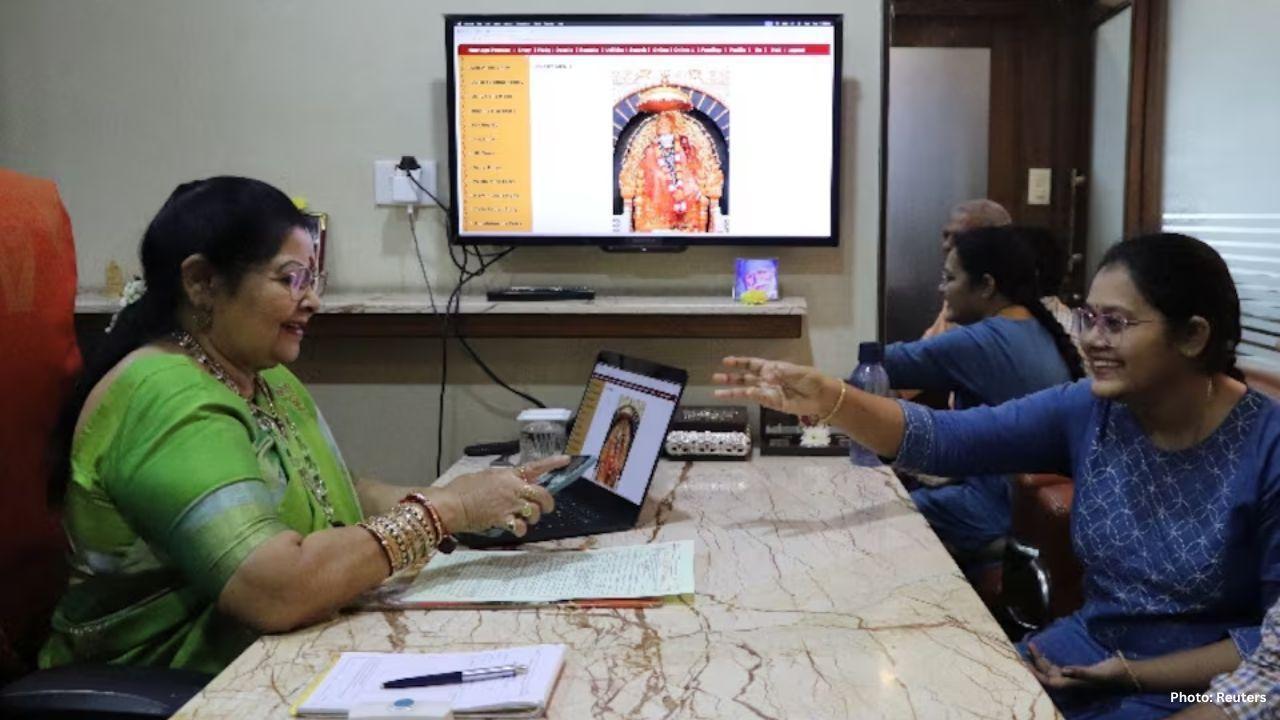
Post by : Monika
For decades, many Indian families have viewed marrying someone living and working in the United States as a pathway to a better life. This preference has been especially strong for those seeking partners who are Non-Resident Indians (NRIs) with professional careers in America. Traditionally, marrying an NRI meant access to financial stability, educational opportunities, and a chance to settle in a developed country.
However, recent changes in U.S. immigration policies, particularly concerning the H-1B visa, are reshaping these perceptions. The H-1B visa is the most common work visa for skilled professionals and has been widely used by Indian engineers, IT professionals, and other specialists to live and work in the U.S. With stricter rules and higher costs introduced during Donald Trump's presidency, this visa is no longer as attractive or certain as it once was.
The H-1B Visa and Its Importance
The H-1B visa is designed for highly skilled foreign workers, particularly in fields such as technology, engineering, and medicine. It allows the holder to work in the U.S. for a specified period, usually up to six years, and offers a pathway to permanent residency in some cases.
Indian professionals have historically been the largest recipients of H-1B visas. Many families see this visa not only as a professional opportunity but also as a social advantage. Marrying someone on an H-1B visa has traditionally been considered a status symbol, showing that the individual has financial stability and prospects in one of the world’s wealthiest countries.
Policy Changes Under Trump
Impact on Indian Marriage Trends
However, with recent visa restrictions and the rising cost of H-1B sponsorship, families are now re-evaluating these assumptions. Many are considering the risks associated with uncertain visas and potential job instability in the U.S.
For example, Sidhi Sharma, a 19-year-old medical student from Haryana, shared her changed perspective. She said, "I always dreamed of marrying someone in the U.S., but now I am not so sure because of visa uncertainties and the difficulty of settling there."
Matchmaking services in India have also noticed a shift. Agencies report that families are increasingly interested in partners in countries with more predictable immigration policies, such as Canada, the UK, and Australia.
Technology’s Role in Modern Matchmaking
The rise of technology has significantly influenced marriage trends in India. Online matchmaking platforms now allow families to filter potential matches based on country of residence, visa status, and immigration certainty.
Economic and Social Implications
The tightening of U.S. immigration rules affects more than just marriage trends. Indian professionals in the U.S. face uncertainty about job security, visa renewal, and long-term settlement. Many are considering returning to India or relocating to countries with friendlier immigration policies.
This has broader consequences:
Personal Stories and Shifts in Perspective
Several individuals have shared how U.S. visa restrictions have affected their decisions.
Anjali Mehra, a software engineer from Bengaluru, explained that her parents initially preferred she marry someone in the U.S. on an H-1B visa. However, after reading about increasing visa rejections, her family now considers Canadian and European matches more seriously.
Ravi Kumar, another young professional, said that many of his friends working in the U.S. feel anxious about renewal and job security, which affects their plans for marriage and family.
These personal stories highlight the direct link between immigration policies and social behavior, showing how government regulations can ripple through individual and family decisions.
The Indian Diaspora Perspective
Policy and Global Trends
The changes under Trump’s administration reflect a broader trend of countries reassessing their immigration policies to prioritize domestic workers. For India, this means families and individuals must now adapt to global policy shifts:
The tightening of U.S. visa rules, especially the H-1B program, is reshaping both career paths and social norms for Indians. Families that once viewed marrying an NRI in the U.S. as a prestigious and stable option are now reconsidering their choices due to visa uncertainty and financial costs.
Online matchmaking platforms are adjusting to these changes, allowing families to explore alternative countries and ensure better planning for the future. Meanwhile, Indian professionals face new challenges as they navigate a shifting global job market and uncertain immigration landscape.
This situation demonstrates the interconnectedness of policy, society, and personal life. Decisions made by governments can have profound effects on individual choices, cultural trends, and social structures. For Indian families, this is a turning point: the U.S. visa is no longer automatically seen as a ticket to success, stability, or marital prestige. Instead, families are adapting to a new global reality where immigration policies play a decisive role in shaping careers and personal lives.
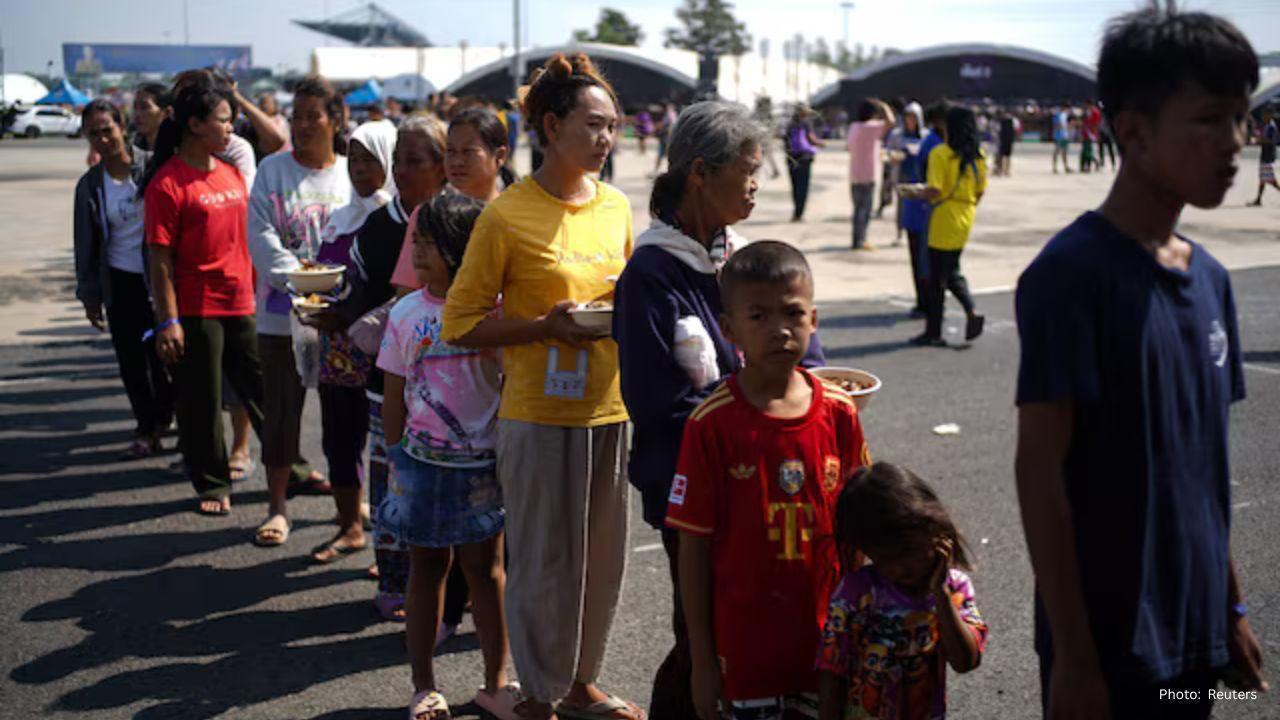
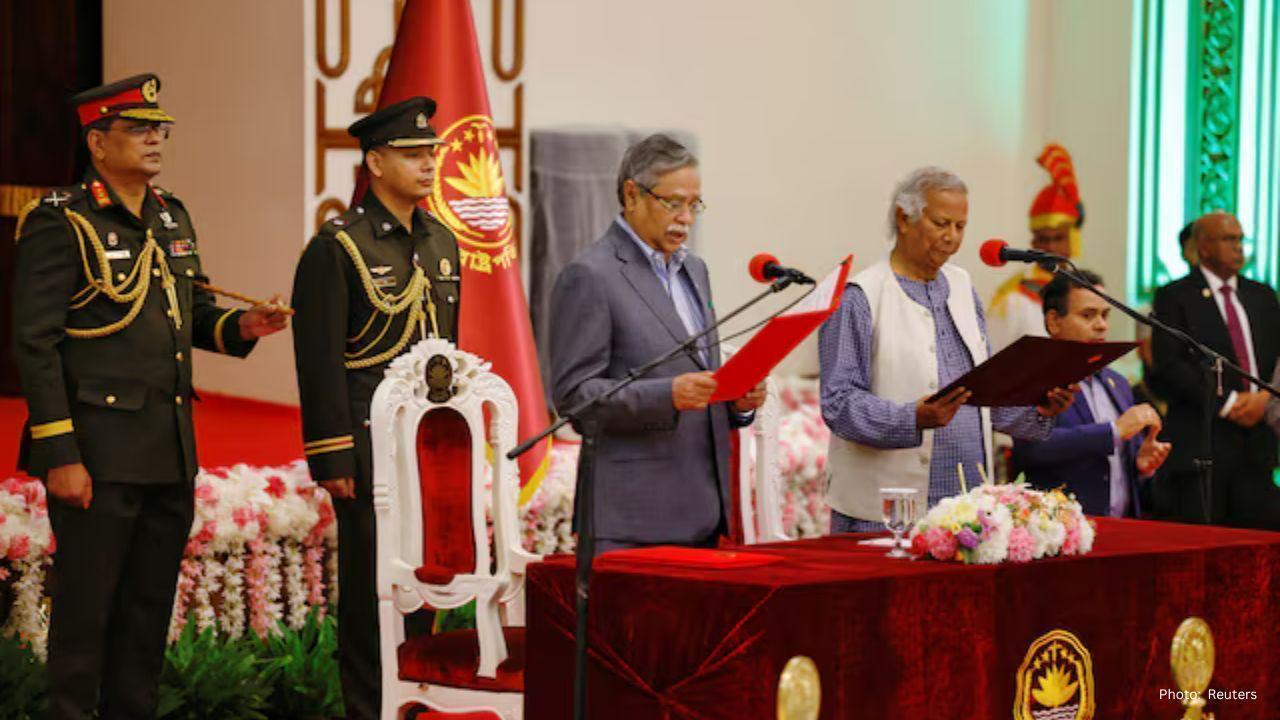
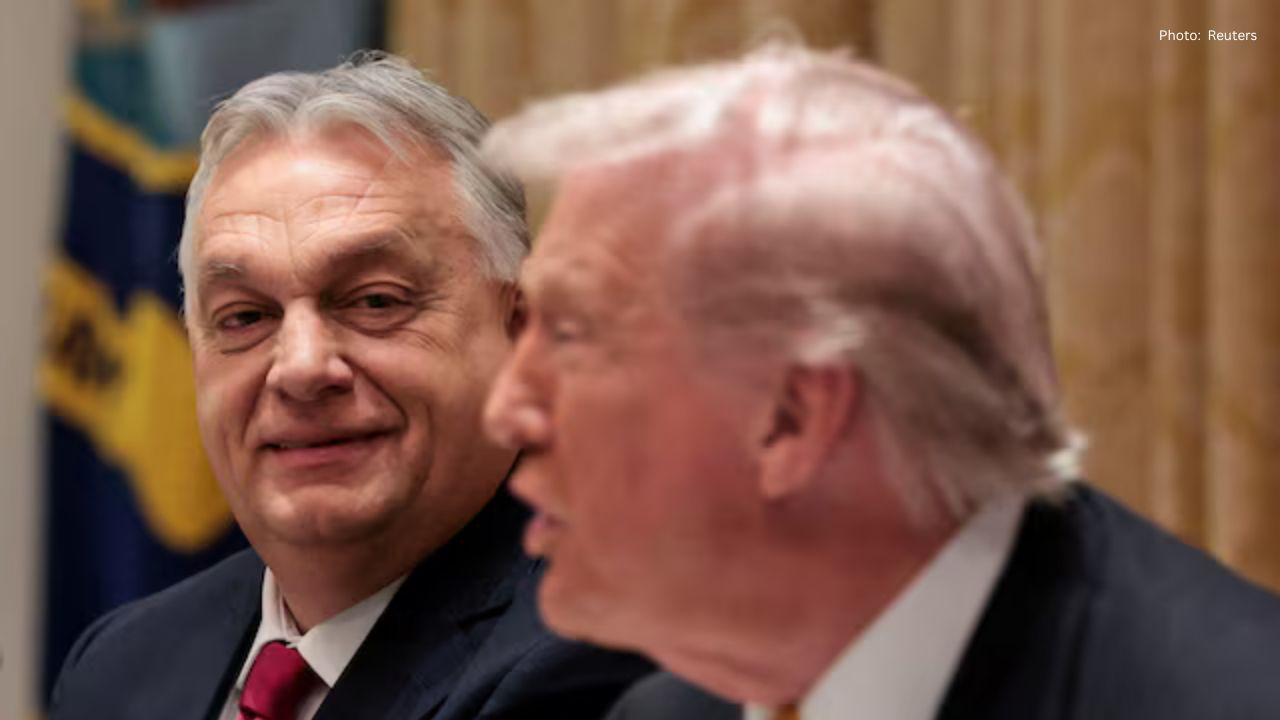


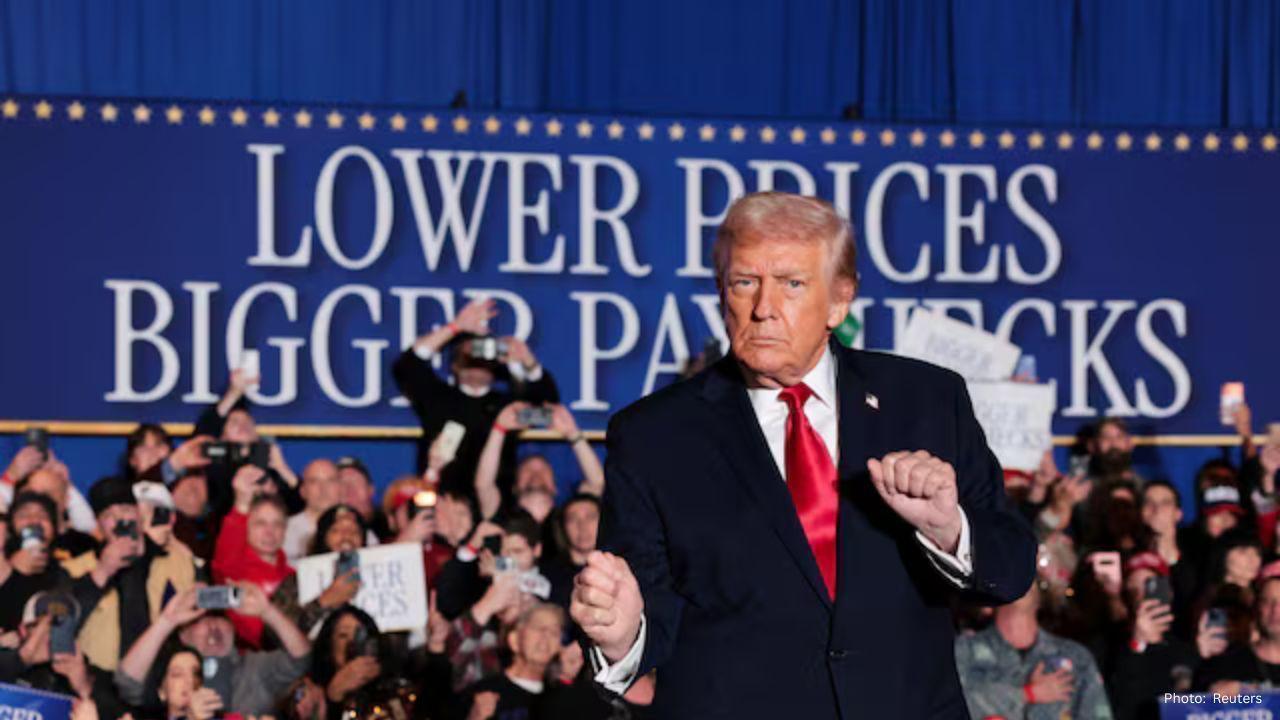




OpenAI Highlights Growing Cybersecurity Threats from Emerging AI Technologies
OpenAI has raised alarms about the increasing cyber risks from its upcoming AI models, emphasizing s

Manchester City Triumphs 2-1 Against Real Madrid, Alonso Faces Increased Scrutiny
Manchester City secured a 2-1 victory over Real Madrid, raising concerns for coach Xabi Alonso amid

Cristiano Ronaldo Leads Al Nassr to 4-2 Victory Over Al Wahda in Friendly Face-Off
Ronaldo's goal helped Al Nassr secure a 4-2 friendly win over Al Wahda, boosting anticipation for th

Landon Donovan Challenges Australia Coach on World Cup Prospects
Landon Donovan counters Australia coach Tony Popovic’s optimism for the World Cup, expecting an earl

Mercedes-Benz Forms Landmark Partnership with WTA
Mercedes-Benz and the WTA unveil a significant partnership effective January 2026, with major invest

Abhishek Addresses Divorce Rumours Concerning His Family
Abhishek Bachchan confirms that daughter Aaradhya remains oblivious to divorce speculations, focusin